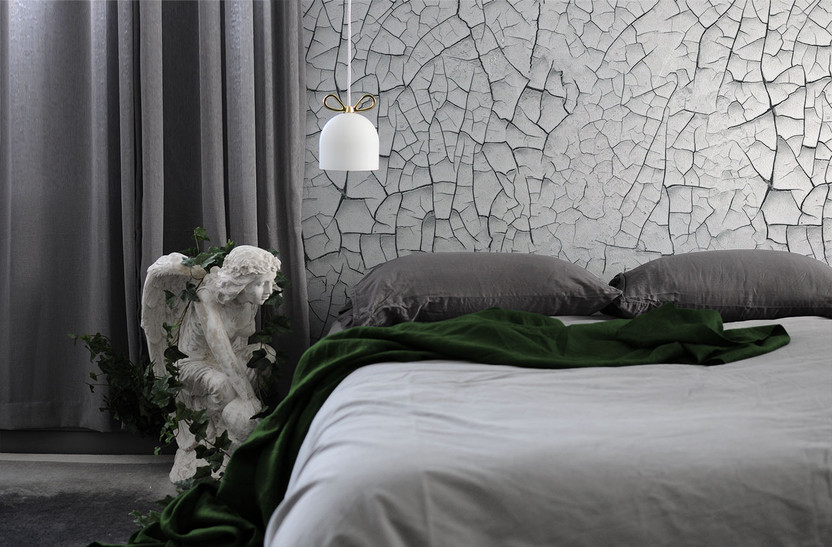A Potted History Of Trompe L'Oeil
9th Jul 2019
Some of our favourite commissions of designer hand paintings have been trompe l'oeil designs – there's something delightfully mischievous about creating bespoke murals or even using our wallpaper designs in a space, and that, of course, really appeals to us.
So, we thought today we'd take a little look at the origins of trompe l'oeil and how its come to be used in modern interior design with a little help from the Royal Academy.
The first bit of trivia you may already know, trompe l'oeil is a French term, translating as 'to deceive the eye'. The idea, if you're not familiar with it already, is that a two dimensional surface is painted by the artist in such a way that we're deceived into thinking we're looking at the real thing. This usually means creating something that incorporates a 3D look or texture, or even a beautifully detailed fresco that recreates a scene to scale. If you want some ideas for the sort of thing we mean, just check out our wallpaper section - trompe l'oeil is sort of our thing don't you know.
The idea dates back in history as far as ancient Greece, though without the French name of course, and the story of Zeuxis and Parrhasius – two artists who, through one-upmanship, proved their abilities to paint with such realism that people, and even animals, were fooled.
It was an idea that inspired many artists in generations to come, and none so much as during the Renaissance. The new architecture being created gave artists a chance to play with perspective, and buildings with trompe l'oeil ceilings became popular. Effects that made a space look more grand, from creating the impression of extra floors and architectural detailing to famous oculus ceiling paintings, these designs remain some of the celebrated pieces of art history to this day.
Of course, while trompe l'oeil has a special place in interiors and architecture, it's also a principal that has been applied to many other forms of art, especially in paintings and portraiture, with artists becoming more and more versed in capturing realism in a way that really does trick the eye.
In modern design, the effect of trompe l'oeil can be incredibly powerful as an interior design tool. It can give a room texture and a sense of depth, even going so far as making a room feel bigger and giving an idea of space beyond it. Looking at something like a bespoke hand painting, you can also create an artwork that perfectly fills a space too.
The two dimensional nature is often a more cost effective way to bring this to a space, especially in buildings where original features have been stripped out and would be difficult to restore. We've seen everything from ceilings painted to give the effect of ornate, beautiful cornicing to the Banksy school of trompe l'oeil – a more modern, graffiti-inspired style. In a way, it's an art form that doesn't actually feel like cheating to bring into an old, proud building and it comes with its own serious art credentials – after all, just look at how much history it has!

